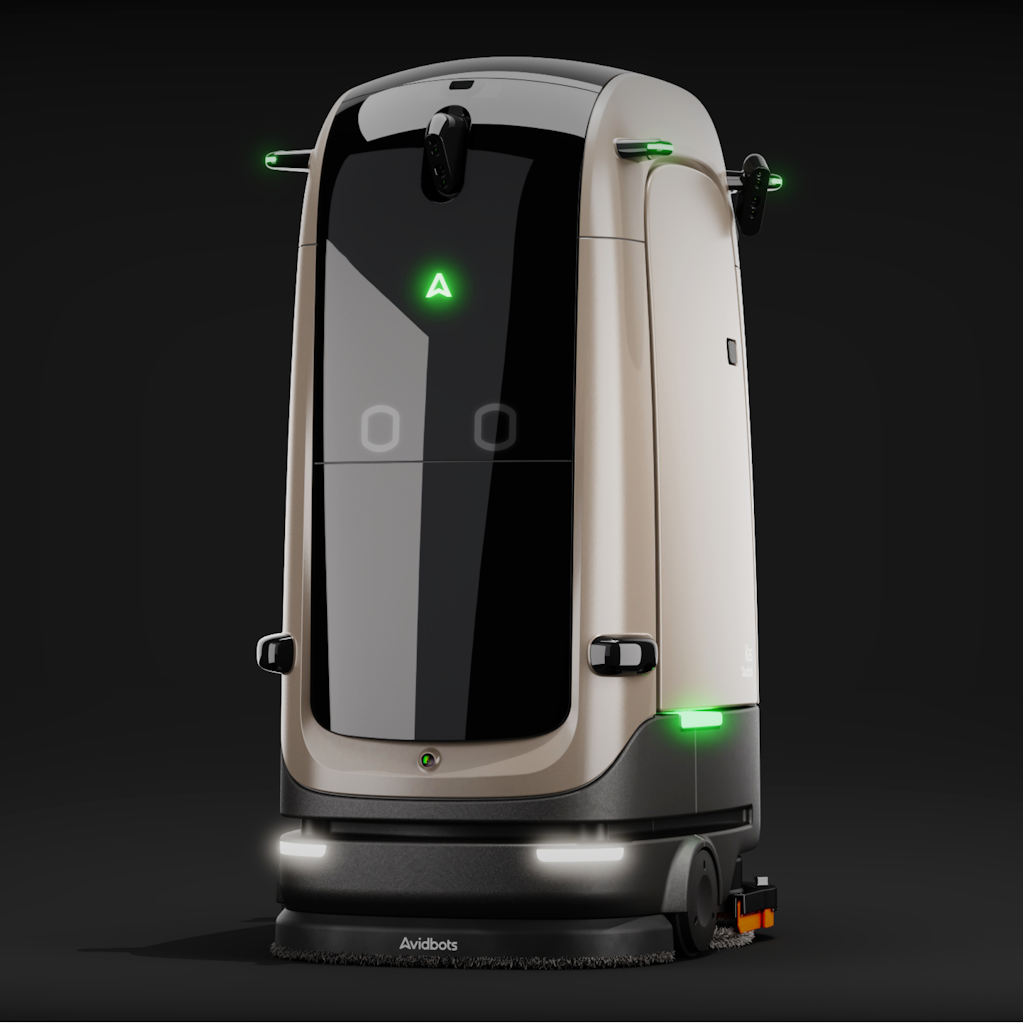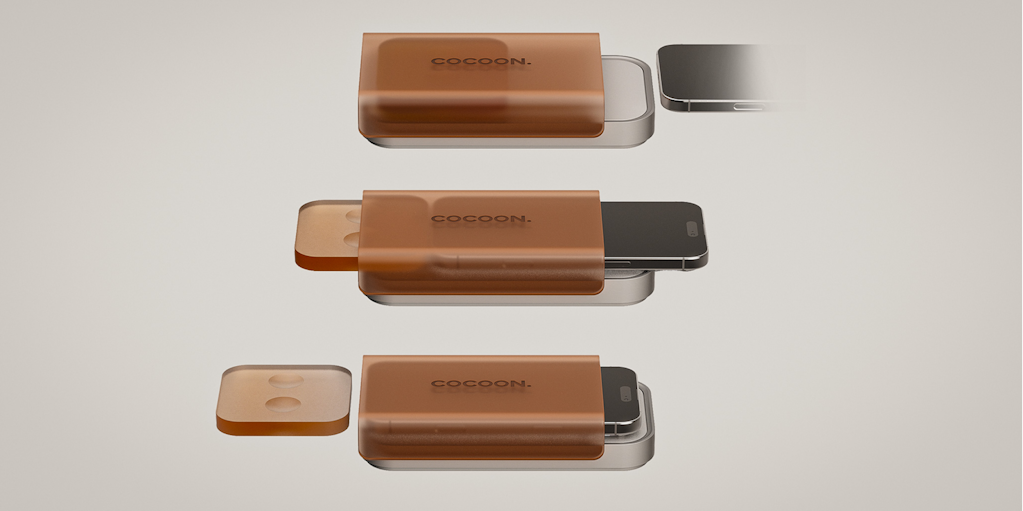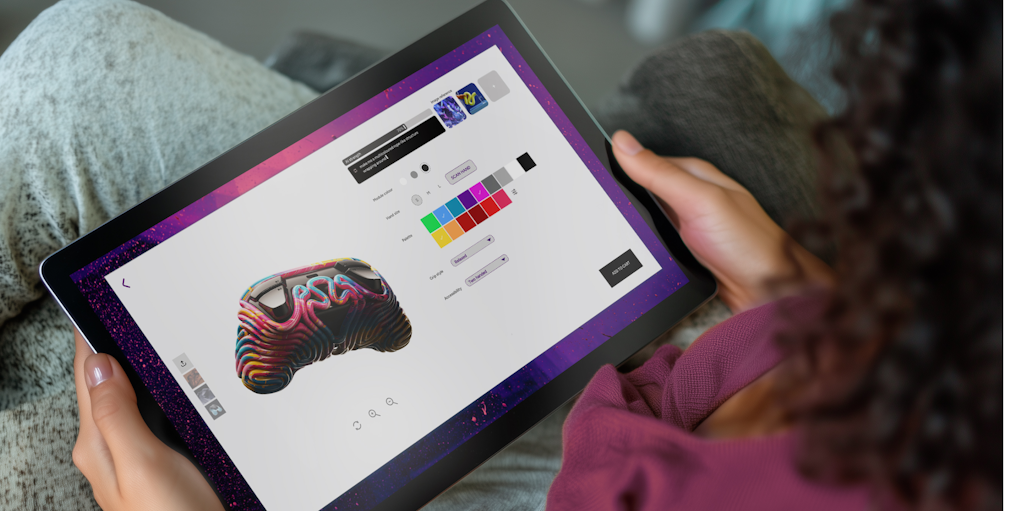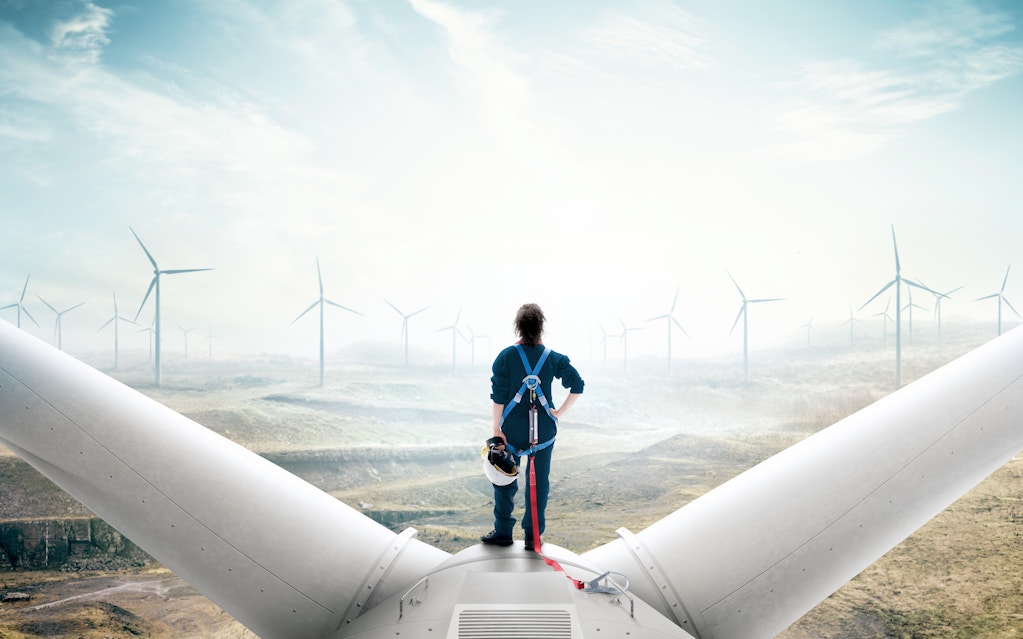Designing to work, rest, and play
Tags
Last year, PA Consulting’s clients increasingly asked them to study how technological shifts would affect their businesses and design future-fit solutions.
Technology has always impacted our design approaches, but 2024 saw unprecedented acceleration in GenAI, quantum, automation, and robotics. These advancements are reshaping the fabric of society, leaving companies contending with more shifts than ever. The challenge isn’t just about adopting new technologies – it’s about using fresh design methodologies to ensure they positively impact people’s lives.
Last year, our clients increasingly asked us to study how technological shifts would affect their businesses and design future-fit solutions. Our researchers, designers, strategists, scientists, engineers, and industry specialists explored where new technologies could enhance, rather than disrupt, human experiences. Three key themes stood out: designing to elevate how people work, rest, and play.
1. Future of work
Robotics are assuming a more dominant place in the future of work, with the global commercial robotics market projected to reach USD 170 billion by 2034. What once seemed like science fiction is now reality – automation is optimising productivity, efficiency, and human potential in unprecedented ways.
We recently partnered with Avidbots, a leading manufacturer of autonomous cleaning robots, to design Kas: an advanced robotic cleaner for dynamic, high-traffic environments like retail stores, airports, and schools. Cleaning large public spaces often requires bulky, manual equipment, diverting teams from more meaningful work. Kas changes this, representing over a decade of robotics design, research, and expertise in human-robot interaction.

Our collaboration with Avidbots tackled several key design challenges. First, the robot needed to be optimised for confined, public environments. This meant designing for adaptability, ensuring it could navigate unpredictable obstacles while cleaning efficiently. Equipped with 15 onboard sensors, Kas has complete situational awareness and advanced decision-making, which allows for seamless, autonomous cleaning.
At the same time, Kas had to feel trustworthy and people-friendly, particularly as people are still acclimatising to robots in daily life. Its design balances a high-tech, ultra-modern aesthetic with a friendly presence, signaling intelligence without overwhelming people in its environment. Through intuitive onboarding and maintenance controls, the thoughtful design also enables Kas to clearly communicate with human co-workers.
Shaping the future of work requires us to continuously reassess design methodologies. Kas demonstrates how advanced machine intelligence can enhance rather than replace human potential. We brought together a multidisciplinary team, including large-scale prototypes for real-world testing and character animators to craft a welcoming presence. As robotics become part of everyday spaces, the tools and processes to design them must evolve too.
2. Future of rest
Turning to rest, PA surveyed 4,000 UK and US consumers on the Future of Wellness, revealing that despite a booming health tech industry, many struggle with their wellness journeys—especially sleep. While 83% of consumers monitor their sleep, less than half (45%) are satisfied with the results. Many brands have yet to tap into this market, so PA drew on these insights to envision what future products and services could address this gap.
Better sleep starts during the day. Setting new behaviors can improve sleep quality, which in turn can boost daily performance. We therefore designed ‘Cocoon’ – a concept that helps users put their tech to bed without sacrificing connection. Using a phone before bed can lead to poor sleep quality, as the blue light from screens suppresses melatonin, the hormone that helps you fall asleep. When a smart device is placed in Cocoon, it powers down distractions, dims home lighting, and triggers a calming playlist. A small, intuitive controller ensures users stay connected via voice commands and minimal graphics, maintaining a low-stimulation environment.

This concept is part of a series of design solutions that challenges our dependence on notifications and screens, creating technology that enhances, rather than disrupts, our rest – an essential cornerstone of our wellness journey.
3. Future of play
Our Future of Gaming study similarly reimagines how people play. It challenges stereotypes, revealing that next-gen gamers prioritise sustainability, mindfulness, and individuality. For example, 73% care significantly about gaming’s environmental impact, and are willing to make sacrifices for sustainability, while 77% seek more mindful gaming experiences.
Drawing on these insights, we devised Concept Lattice: a forward-looking platform that lets gamers customise the comfort, fit, and expression of their controller. It has a repairable, upgradable core that allows users to replace components sustainably through on-demand manufacturing. By retaining the controller ‘brain’, we can extend the product’s life – delivering the most significant net environmental benefit of consumer electronics. Keeping products in use longer reduces replacements and significantly curbs e-waste. On-demand manufacturing further cuts waste by producing only what's needed, minimising production, transport, and downstream impacts.
It also meets next-gen gamers’ demand for individuality, enabling infinite form and grip variations. The desire for aggressive, battlefield-inspired aesthetics is fading, as emerging gamers increasingly seek self-expression. Players can customise the Lattice controller’s ergonomics to fit their unique grip and gameplay style using a generative AI interface. Using PA’s prototyping facility, we’ve been 3D printing Project Lattice outcomes as proof of concept, often yielding unexpected and exciting outcomes of form factors never seen before.
This article was first published in New Design.

Explore more










